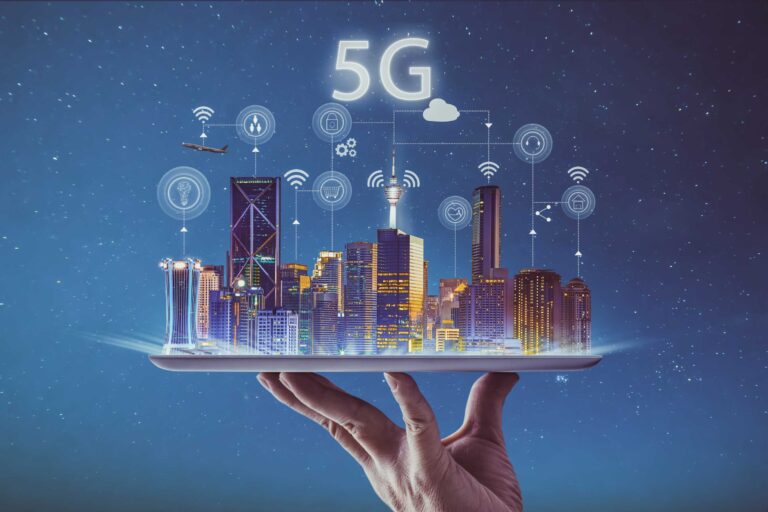In my previous post, I emphasized the significance of 5G outcomes and expressed concerns about technology surpassing market usability. In this post, I want to delve into another crucial aspect that I believe is fundamental to the success or hindrance of 5G in building a fully digitized world: scale.
The success of 4G heavily relied on a consumer scale, which subsequently led to a highly consolidated wireless market. Several factors, in my opinion, have contributed to this concentrated market landscape.
Spectrum allocation and cost have played a significant role in driving consolidation. The substantial expense of acquiring enough spectrum for coverage and capacity has been a major factor.
The increasing frequency of available spectrum has necessitated a higher number of cell sites to maintain coverage and capacity, adding to the cost of deployment. The escalating density requirements pose barriers to further competition.
Consumer performance, once a differentiating factor, has become less significant. The performance gap between carriers has significantly narrowed in the United States following Sprint’s exit from the market.
Market consolidation through mergers and acquisitions has resulted in two dominant original equipment manufacturers (OEMs), with the third player struggling to break this dominance. These players rely on the scale to sustain their research and development efforts.
Content has emerged as a dominant force, with the scale of content distribution and user experience reliability further driving industry consolidation.
I highlight this issue because it significantly influences consolidated carriers’ ability and inclination to address new markets, such as industrial or enterprise solutions. The industry carries a substantial debt burden and adopts a conservative approach to expanding operators’ reach. Their focus has primarily been on the consumer market, where they have achieved scale with over 100 million subscribers each in the US. They have honed their ability to reach customers and allocate significant budgets to advertising and sponsorship. However, they lack the same familiarity with the enterprise and industrial sectors. The standardized monthly subscription model has become deeply ingrained in their business processes, making it challenging to effectively handle customized solutions or deviations.
These emerging markets demand a tailored approach to business outcomes. While they offer scale in the aggregate, the sales and support channels do not scale the same way as the consumer market. As a result, we are unlikely to see the current batch of operators driving the digital economy beyond the consumer realm. This creates a gap, with a few companies attempting to bridge it and OEMs trying to fill the void with their efforts. However, I believe that ultimate success will require collaboration and that solely providing customer connectivity falls short of establishing the necessary business outcome connections.
The wireless industry has been confined within a proverbial straightjacket, favoring the safe options. This cautious approach will put the brakes on Industry 4.0, and the scarcest resources, such as spectrum, are constrained within this restrictive framework. While I had hoped that Band 48 (CBRS) would catalyze industry innovation, I fear that the momentum is not yet significant enough to generate 5G outcomes that fully demonstrate the market’s potential.
In my opinion, we need integrators with enterprise and industrial expertise to step in and bridge the gap between pure connectivity players and 5G outcomes. Companies like Accenture, Capgemini, IBM, and others possess extensive experience integrating large-scale business processes and strong customer reach and support capabilities. Many of them have an international presence and scale. If they can find the right formula to integrate and deliver outcome-based solutions, they have a tremendous opportunity to play a leading role in broadening the success of 5G.
While scale thinking has proved advantageous on the journey thus far, it could also become the stumbling block preventing us from reaching our ultimate destination.

